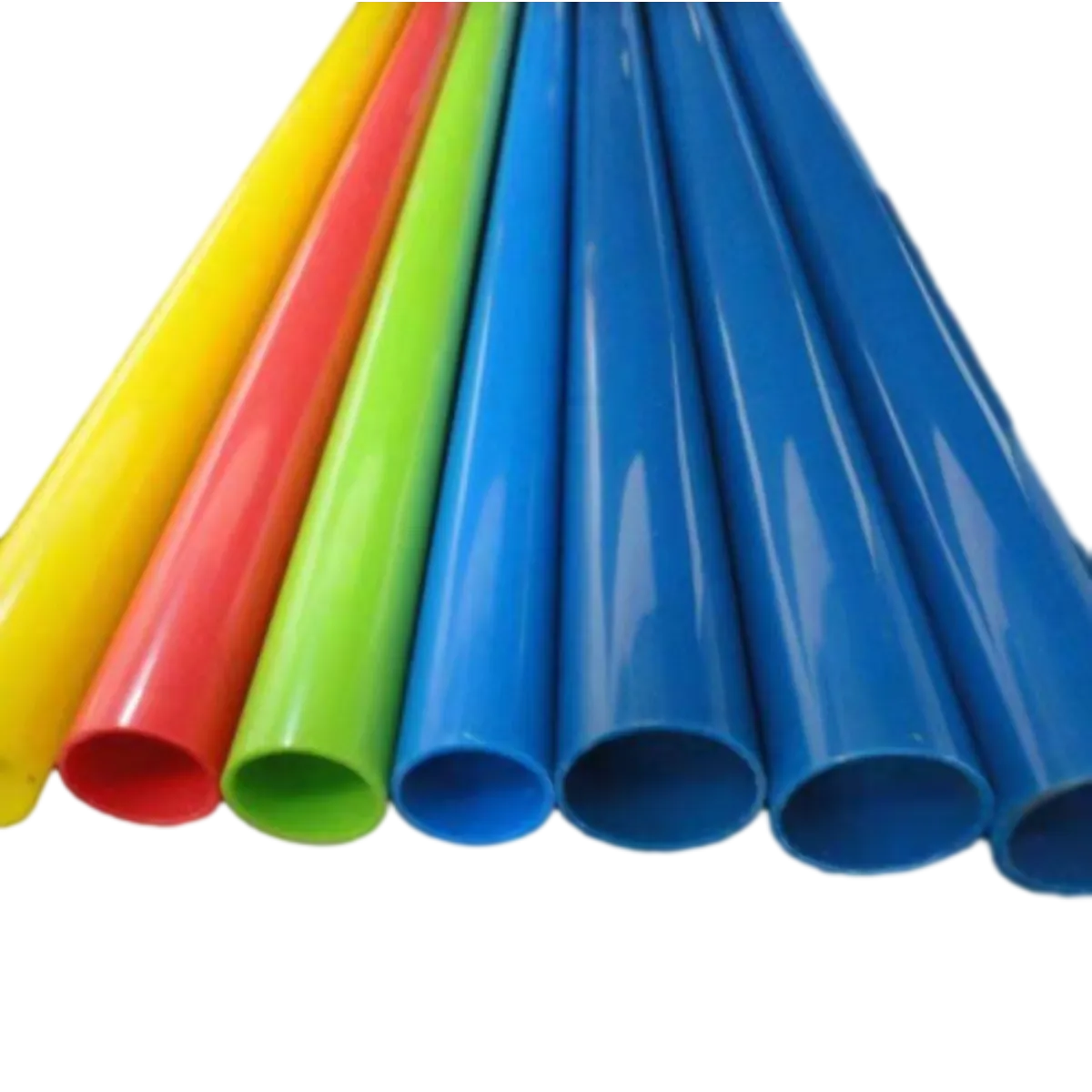Aug . 01, 2024 06:36 Back to list
Exploring PPR Pipe Solutions for Efficient Chilled Water System Installations and Factory Applications
The Use of PPR Pipe in Chilled Water Systems A Comprehensive Overview
When it comes to the efficient transport of chilled water in HVAC systems, the choice of piping material plays a crucial role. Polypropylene Random Copolymer (PPR) pipes have gained popularity as a reliable option for chilled water systems due to their unique properties and advantages.
PPR pipes are known for their excellent thermal insulation capabilities, which is essential in chilled water applications where maintaining low temperatures is critical. Unlike traditional metal pipes, PPR pipes do not conduct heat well, minimizing temperature fluctuations and energy loss. This characteristic not only enhances the efficiency of the chilled water system but also contributes to substantial energy savings over time.
Another significant benefit of PPR pipes is their resistance to corrosion and scale build-up. Traditional materials such as steel and copper are susceptible to rust and scale, which can compromise the integrity and efficiency of the piping system. PPR pipes, on the other hand, are inert and do not corrode, ensuring a longer lifespan and reduced maintenance costs. This makes them particularly suitable for chilled water applications, where purity and pressure maintenance are essential.
The lightweight nature of PPR pipes also enhances their practicality in chilled water systems. Being much lighter than metal options, PPR pipes are easier to handle and install, leading to reduced labor costs and shorter installation times. Their flexibility allows for easier maneuvering through spaces, which is particularly useful in retrofitting existing systems or installing new lines in tight spots.
ppr pipe for chilled water system factory

One of the standout features of PPR pipes is their ability to withstand high pressures and temperatures, making them versatile for various applications beyond chilled water. This robustness means that PPR pipes can ensure reliable performance in systems where pressure variations are common, further enhancing the reliability of the chilled water system.
In terms of sustainability, PPR pipes offer a more environmentally friendly option compared to traditional piping materials. They are made from recyclable materials and can be reprocessed without losing their structural integrity. Additionally, the energy efficiency gained from using PPR pipes leads to reduced carbon footprints in HVAC operations, aligning with the global push towards sustainability.
Factory production of PPR pipes for chilled water systems has significantly advanced, ensuring high-quality standards and consistency. Top manufacturers utilize modern technology to create pipes that meet or exceed industry standards for pressure ratings, temperature tolerance, and longevity. This ensures that HVAC professionals can rely on PPR pipes for all chilled water applications, from commercial buildings to industrial facilities.
Furthermore, the availability of various fittings and jointing methods for PPR pipes allows for enhanced adaptability in different system designs. Heat fusion welding techniques provide seamless connections that minimize the risk of leaks, further assuring the efficiency and reliability of the chilled water systems.
In conclusion, PPR pipes are an excellent choice for chilled water systems due to their thermal insulation properties, resistance to corrosion, lightweight nature, and sustainability. As the HVAC industry continues to evolve, the demand for efficient and reliable piping solutions is only expected to grow. With advancements in manufacturing techniques and a commitment to quality, PPR pipes will likely remain at the forefront of chilled water system installations, offering a durable and economical choice for engineers and contractors alike.
-
UPVC Column Pipes for Submersible Pumps: Durable & Corrosion-Free
NewsAug.27,2025
-
Premium DN50 HDPE Pipes in Coils: Flexible, Long-lasting Supply
NewsAug.26,2025
-
HORON 25mm PPR Plumbing Pipes: Durable, Leak-Proof Water Solutions
NewsAug.25,2025
-
Hot/Cold DN25 PPR Water Pipes for Kitchen | Durable & Food-Safe
NewsAug.24,2025
-
DN100 PVC Pipes for Well Casings - Durable & Corrosion-Resistant
NewsAug.22,2025
-
HORON 25mm PPR Plumbing Pipes: Durable, Reliable & Leak-Proof
NewsAug.21,2025

